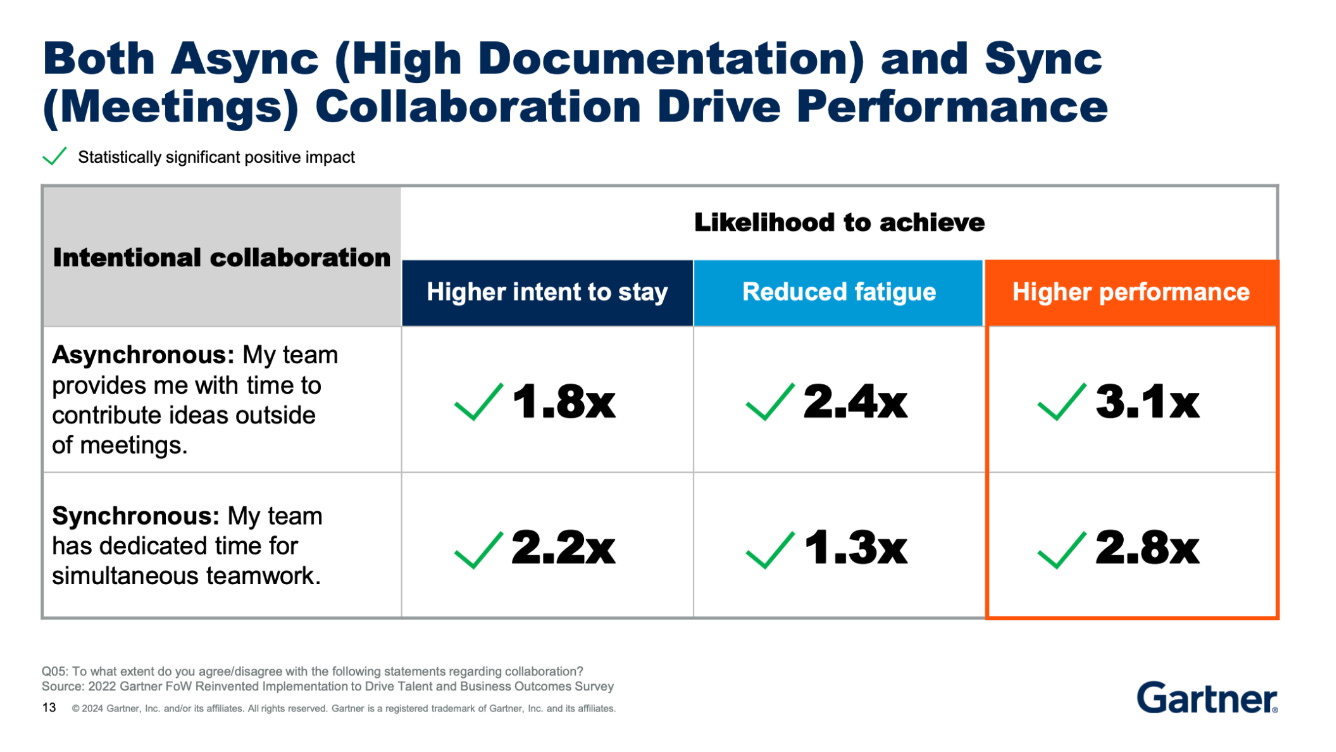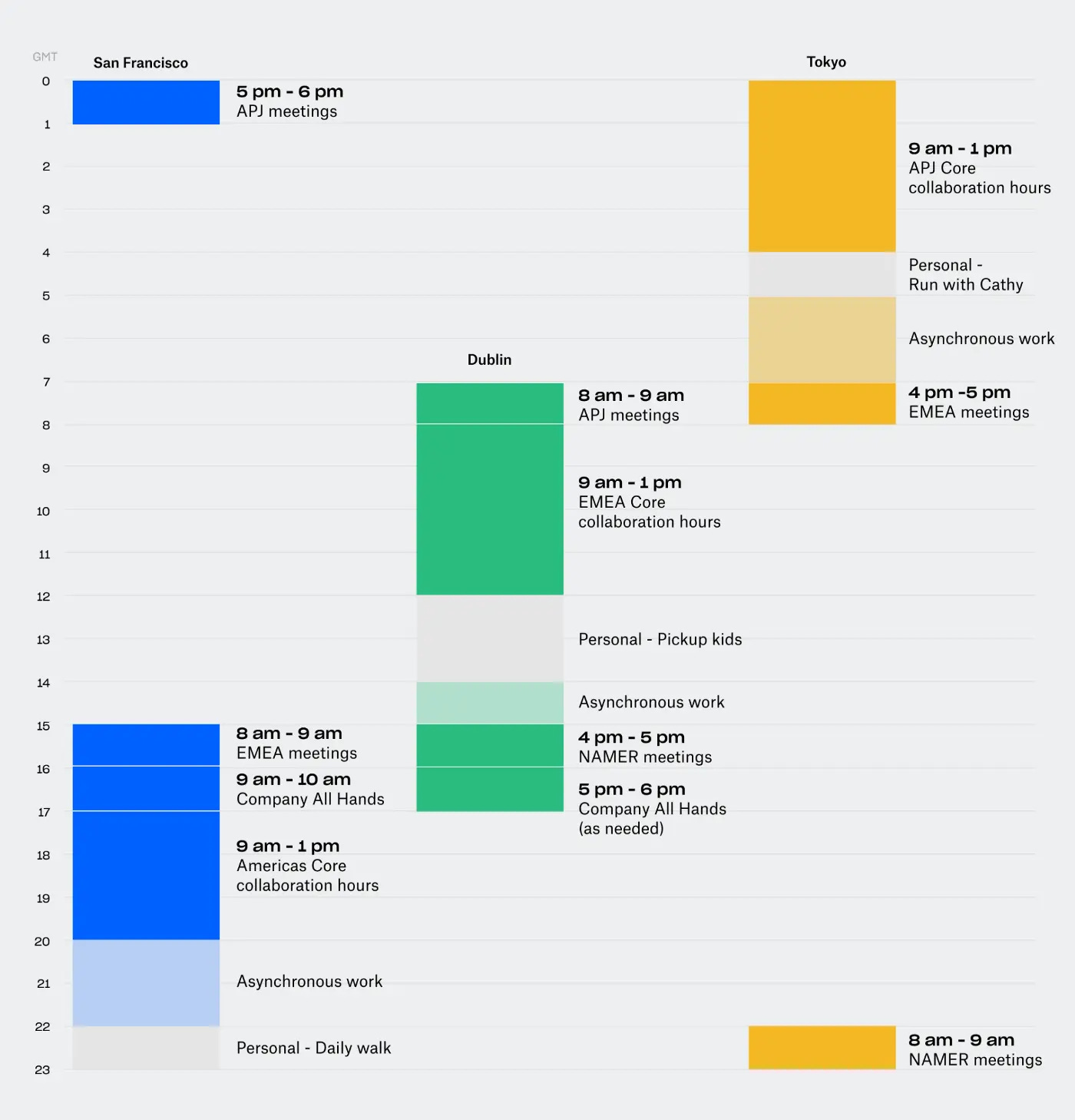The Meeting Plague: Why Your Calendar Is Killing Productivity
Help us research what's working (and what isn't) by sharing your experience in our 5-minute survey
Here's a sobering thought: if we'd invested half the energy spent debating office attendance into fixing how we actually spend our time, we'd have much higher productivity – and lower burnout. Instead, we're stuck in a world where nearly half of all meetings could be eliminated with zero negative impact.
The numbers tell a brutal story. A Microsoft study asked what kills productivity most: meetings claimed two of the top three spots. We start each day stumbling into our calendars and end each week frustrated, burned out, and wondering where our focus time went.
Sound familiar? Help us understand the current state by taking our 5-minute survey on meeting effectiveness.
But here's the thing: this isn't inevitable. Companies like Dropbox report 69% of meetings are effective, and Shopify didn't just eliminate recurring meetings with more than three people: they built a meetings cost calculator to make the pain visible. The difference? They treated calendar chaos like the business problem it is.
Busting the Collaboration Myths
Before diving into solutions, let's kill two persistent myths that keep organizations trapped in meeting hell:
Myth 1: Collaboration equals meetings. Real collaboration blends live conversations with asynchronous work. Sharing a thoughtful proposal or creating a video demo before the meeting means people come prepared to decide, not just discuss. The magic happens when you give smart people time to think.
Myth 2: Asynchronous means slow and one-way. Wrong. Documentation works brilliantly for complex problem-solving before decisions get made. Video updates can engage and align teams faster than status meetings. Gartner research confirms what high-performing teams know: the right blend of sync and async drives better results, lower burnout, and higher retention.
The Tools That Actually Work
Ready for some practical solutions? Here are the tactics I've seen deliver real results:
Core collaboration hours. For example, a 10am-2pm PST window works across continental North America, and Dropbox has demonstrated globally scalable solutions. Everyone commits to being available for real-time collaboration during these hours—and protects their focus time outside them. For distributed teams, this isn't just helpful; it's essential.
Focus time blocks and no-meetings days. At Slack, Focus Fridays applied to Directors and below—no internal meetings, period. Customer calls and interviews were exceptions, but the rules were clear. When Atlassian combined time boxing with goal setting, 82% of participants made more progress on key objectives.
Calendar bankruptcy. Sometimes you need a circuit breaker. Calendar bankruptcy – a complete wipeout of all meetings – might help for a bit, but old habits resurface. Slack's quarterly "Maker Weeks" gave product, design, and engineering teams a break from recurring meetings—and forced meeting owners to reset that 32-person status update back to the 8 people who actually needed to be there.
Three non-negotiable meeting practices. Forget the 15-page meeting guidelines nobody reads. Pick three rules and make leadership the enforcers: no meetings without agendas, clear roles for attendees, and document-driven meetings where the first 5 minutes are spent reading. Meeting called without an agenda? It gets cancelled. No document before a decision? Reschedule. Simple rules, ruthless enforcement.
What's working (or not working) in your organization? Share your experience in our survey.
Four Steps to Scale Impact
I've watched too many leaders declare calendar bankruptcy only to find themselves back in meeting hell three months later. Here's how to make changes stick:
1. Secure Executive Alignment
Your CEO's calendar isn't the problem—it's your frontline managers and directors drowning in meetings while still carrying individual workloads. Frame this as a business issue: excessive meetings burn out your best people and kill quality work. Narrow the focus: directors and below, internal meetings only. At Dropbox, Shopify, and Slack, the executive suite understood this wasn't about personal productivity—it was about organizational effectiveness.
2. Start Small, Scale Smart
Some changes can go company-wide immediately. "No internal meetings" days work across functions if you agree on clear exceptions (customers, job candidates). Other improvements need piloting. We tested Maker Weeks with Product, Design & Engineering first at Slack, then partnered with functional leaders to translate the approach. Making a sales pipeline review asynchronous requires different processes than product status updates.
3. Measure Relentlessly
Data captures executive attention and drives action. At one firm, we discovered 15% of all employee time was spent in meetings with more than 15 people—no wonder nothing got done. Spotify's meetings cost calculator and pulse surveys done quarterly can gauge the relationship between focus time, meetings and burnout to measure progress (or lack thereof…) at the functional level.
4. Reinforce Consistently
Good habits break easily. Discuss survey results in executive sessions quarterly. Build reinforcement into All Hands meetings. Block "no meetings" days at the organizational level. Cross-functional task forces can drive ownership and bring fresh ideas—but only if leadership stays committed to the program.Get your executives to compete on something meaningful: how well they’re using their people’s time.
The Payoff
When you get this right, the results are measurable. Substantially higher meeting effectiveness at Dropbox. More focus at Shopify. And at Slack, 85% of employees said Focus Fridays and No Meeting Weeks were a significant benefit — higher than many monetary benefits.
The future of work isn't about where we work—it's about how we work. And that starts with giving your best people the time and space to do their best work.
Help us build better data on what's working across organizations. Your input shapes our research and future recommendations.
While you’re at it — share this column (it’s public and free!) and get your friends and colleagues to take our survey too!








